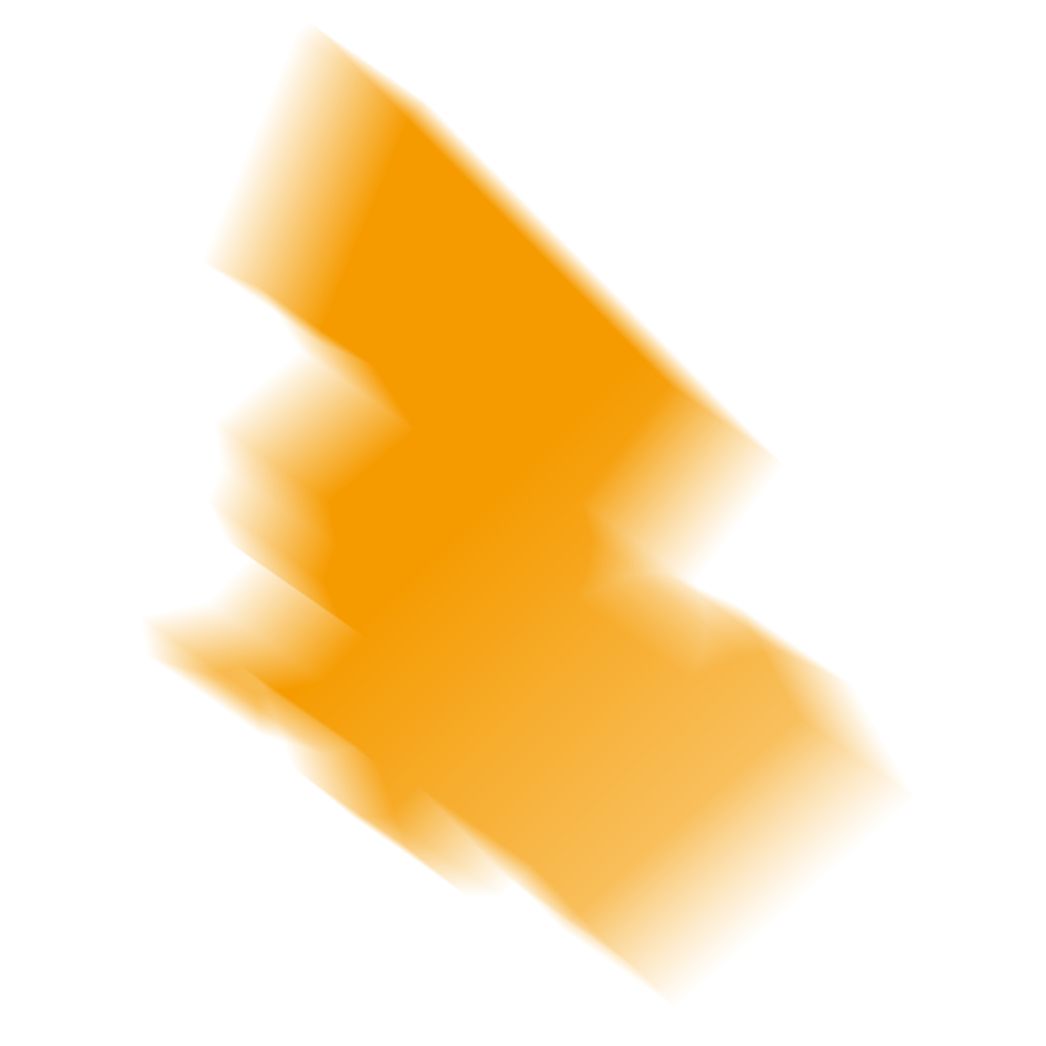
The Portrait of the Colleague Zbigniew Jędrzejewski, Who Died on the Day of the Drawing depicts the emaciated face of a dying young man with vacant eyes, his mouth open, and one hand on his breast. In its intimacy and drawing aesthetic, the artwork counters the circumstances from which it originated—anonymous mass death in the camp. The artist asserted not only the dignity of an individual human being who had been maltreated to the point of death, but also his own identity as a compassionate artistic subject documenting the horror, a fellow human being showing solidarity. What Karol Konieczny wrote about the art he produced in the camp is particularly true of this drawing: to be “living and shocking testimony to the world of horror and suffering”.
In early 1945, Konieczny began secretly documenting the concentration camp on commission from the International Camp Committee. In the precarious circumstances of the final weeks before the camp’s dissolution in 1945, however, parts of the album in which he had collected his watercolours and pencil drawings were lost. He repeated a number of the drawings and took them with him when he was forced onto a death march on 10 April 1945—one day before the liberation of the Buchenwald concentration camp.
In the mid-1960s, Konieczny donated a number of these watercolours to the Buchenwald Memorial, among them the portrait of Zbigniew Jędrzejewski, drawn on the day of his death.
Biography
Karol Konieczny was born in the Upper Silesian town of Cieszyn on 22 November 1919. At the age of eighteen he joined the Socialist youth movement. In 1938 he began studying art in Cracow. After the German invasion of Poland on 1 September 1939 he entered the National Defence (Obrona Narodowa). He was taken prisoner by the Germans but managed to flee. He was arrested a second time, now in Cieszyn, and again succeeded in escaping, now to Vienna, where he went into hiding in the home of relatives. When crossing the border to Hungary on 24 March 1940, he was arrested yet again and brought before the Gestapo in the regional court of Vienna for interrogation. For his cellmates he drew views of Vienna—streets and coffee houses—with matches.
Sentenced by the People’s Court in July 1941, Konieczny was in custody in various penal camps in the moors of Emsland and later assigned to a bomb seeker and body recovery detail. On 4 July 1944 he was committed to the Buchenwald concentration camp under the number 13958. He survived heavy labour and was able to obtain additional rations by making drawings for use as birthday cards. In a group of culturally active Polish political inmates he organized “block concerts”: musical performances and skits in the inmates’ barracks.
Along with several other artists—including Eugène Labreux of Paris, a painter and conservator and before his imprisonment professor in the department of monument preservation at the Academy of Sciences— Konieczny participated in a project to document the reality of the camp in an album.
After the liberation, Konieczny was in a DP (Displaced Persons) camp in Wildflecken, Bavaria until 16 August 1945, when he went to Poland. Following a lengthy stay at a sanatorium, he returned to art and worked in various museums. Towards the end of his life he lived with his family in Wroclaw. Karol Konieczny died on 13 July 1981.


